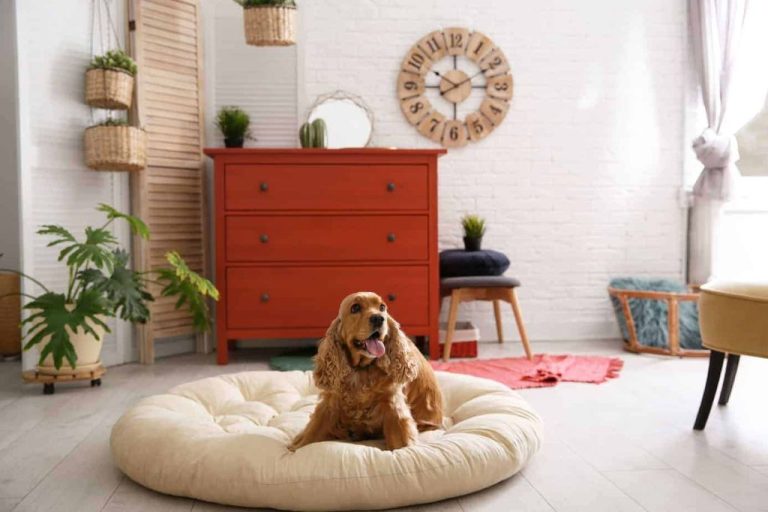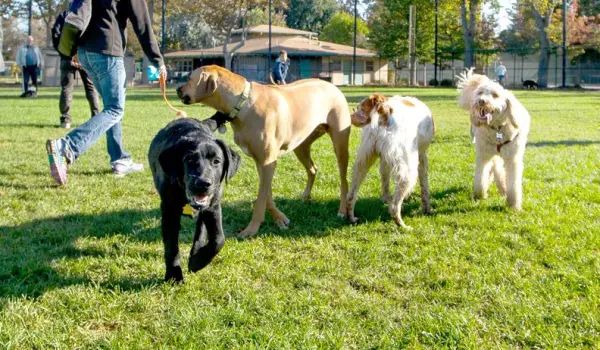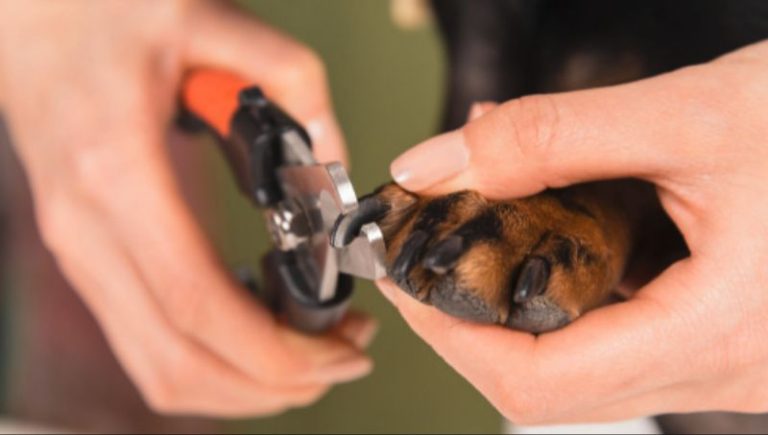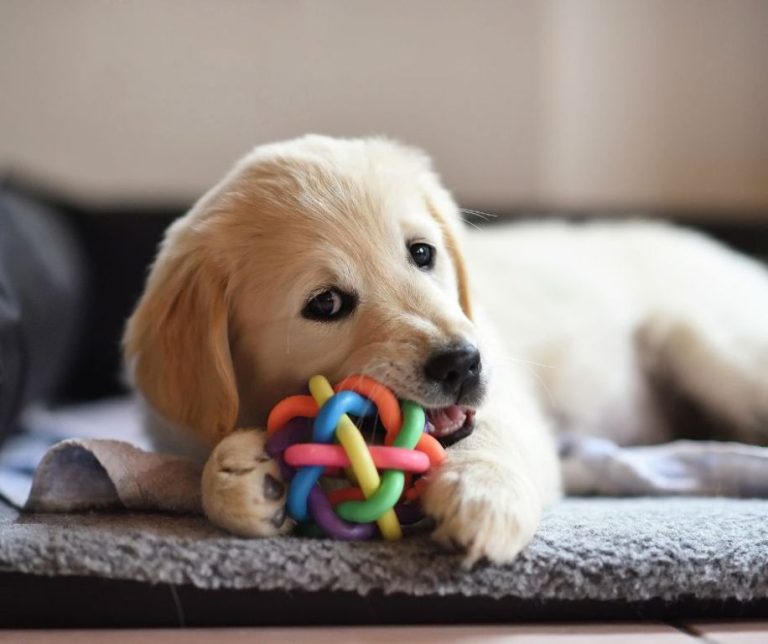The Ultimate Beginner’S Guide To Puppy Care
Choosing the Right Puppy
Choosing the best puppy for your home and family is one of the most important decisions you’ll make as a new dog owner. While all puppies are cute and adorable, different breeds have very different characteristics, care needs, and traits. Consider the breed’s size, energy level, grooming requirements, and temperament to ensure it will be a good match for your lifestyle.
For example, a gentle lapdog like a Cavalier King Charles Spaniel or Chihuahua (AKC Breeds) may thrive in a smaller space like an apartment with limited outdoor access. Higher energy herding or sporting dogs like Border Collies or Golden Retrievers (DogTime) need much more daily exercise and would do best in an active home with a securely fenced yard.
It’s also wise to consider potential health issues certain breeds are prone to based on their conformation and genetics. Responsible breeders screen their dogs for conditions like hip dysplasia in larger dogs. Review breed standards like the AKC or research breed traits to find one that aligns with your family’s needs and lifestyle (Marin Humane).
Finally, factor in short-term and long-term costs of care as puppies grow into adult dogs. Food, supplies, veterinary care, grooming if needed, training classes, boarding – a dog is a significant commitment. Selecting the right puppy from the start helps ensure a rewarding lifelong companionship.
Preparing Your Home
Before bringing your new puppy home, it’s important to puppy proof your house and yard to keep your furry friend safe. According to the AKC, start by removing any small objects or toxins that your puppy could swallow or choke on (1). Use cord covers or concealers to hide any exposed wires and make electrical cords inaccessible, since chewing on wires can electrocute puppies (1). The ASPCA recommends keeping household cleaners, medications, plants, and other hazardous items locked away in cabinets your puppy can’t access (2).
You’ll also want to secure any unsteady furniture and block off any dangerous areas. For example, use baby gates to keep your pup away from staircases. Tie up loose curtain and blind cords so they don’t become a strangulation hazard (1). Check for any spaces around or under appliances where a puppy could get stuck or trapped. Trim and bind any rough carpet edges that could snag their collar (2). Inspect your yard for holes, sharp objects, poisonous plants, or other risks. Fence off any balconies or unsafe areas outside (1).
It’s a good idea to puppy proof a specific room or safe zone where you can keep your pup when you can’t supervise them. Place their crate with bedding here along with toys for chewing and playing. Consider feeding stations, pee pads, and water bowls. Having this dedicated, enclosed area will make housetraining easier and prevent destructive chewing incidents around your home (2).
Stock up on basic puppy supplies before pickup day – food, bowls, collar, leash, toys, cleanup products, and more. Shop for a vet and sign up for pet insurance. Puppy proofing prepares your home for a safe arrival!
Sources:
(1) https://www.akc.org/expert-advice/puppy-information/puppy-proofing-tips-for-your-home-and-yard/
(2) https://www.aspca.org/pet-care/general-pet-care/puppy-proofing-your-home
Housetraining Basics
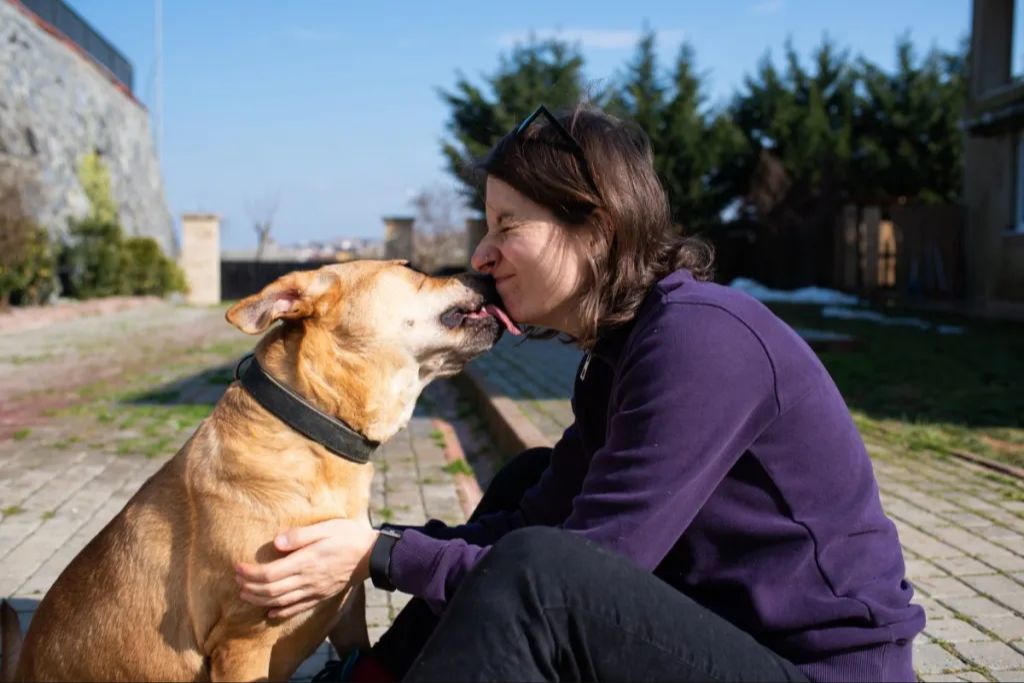
Housetraining a puppy requires patience, consistency and positive reinforcement. The goal is to teach the puppy where it is appropriate to relieve itself. Here are some tips for effective housetraining:
Crate Training: Crates can be very helpful for housetraining. The crate should be just big enough for the puppy to stand up, turn around and lie down. The close quarters help the puppy learn to “hold it”. Never use the crate for punishment. Make it a safe, comfortable place with treats and toys.
Establish a Routine: Take the puppy outside frequently, at least every 2 hours, as well as first thing in the morning, after meals, after naps, and before bedtime. Choose a spot outside and consistently bring the puppy to that area. Use a command like “go potty” to associate the desired behavior with the location.
Reward Success: When the puppy eliminates outside, praise lavishly and offer a treat. This positive reinforcement will encourage the desired behavior. Do not punish accidents, just clean thoroughly with an enzymatic cleaner.
Supervise Closely: Do not give the puppy an opportunity to soil in the house. Watch them carefully or crate when you can’t directly supervise. Limit access to areas of the house until fully housetrained.
Consistency and patience are key in housetraining a puppy. Stick to a routine, reward outdoor elimination, and clean any accidents thoroughly. With time and positive reinforcement, the puppy will learn proper habits.
Puppy Nutrition
Proper nutrition is extremely important for growing puppies. Puppies need a diet specifically formulated to meet their nutritional needs for normal development. Feeding schedules are based on age and weight, but most puppies do best with three or four small meals a day until about 6 months of age.
The amount to feed will depend on your puppy’s age, breed, and activity level. Guidelines based on weight are usually provided on puppy food bags. It’s generally recommended to start on the higher end of the range and adjust as needed to maintain a healthy weight. Weigh your puppy regularly to ensure they are growing appropriately.
Feeding a premium puppy food designed for large or giant breed puppies is ideal. These diets are carefully balanced for controlled growth and typically contain optimal levels of protein, fat, and calcium for proper bone development. Some top brands include Royal Canin, Orijen, and Blue Buffalo.
Supplements are usually not needed if feeding a high-quality food. However, puppy-friendly joint supplements containing glucosamine and chondroitin can help support joint health. Probiotics and fish oil are also great options. Ask your veterinarian for supplement recommendations specific to your puppy’s needs.
Vet Care & Vaccines
Establishing a relationship with a trusted vet is crucial for your puppy’s health. Schedule a first vet visit within a few days of bringing your puppy home to get them started on the right paw. The vet will give your puppy a full physical exam and discuss an appropriate vaccine schedule.
Core vaccines help protect puppies from common and potentially deadly diseases like parvovirus, distemper, and rabies. According to the American Animal Hospital Association, puppies should receive a series of vaccinations starting at 6-8 weeks of age and repeating every 2-4 weeks until 16 weeks old (AKC). Common core vaccines include DHPP, rabies, and bordetella.
Discuss the right vaccine schedule for your puppy with your vet. They will factor in your area, your puppy’s breed and lifestyle, and potential disease risks. Expect to bring your puppy into the vet clinic frequently during the first 16 weeks for vaccine boosters. Proper vaccination helps set up your puppy for a long and healthy life.
Socialization
Socialization refers to exposing puppies to new people, places, animals, and situations in a gradual and positive manner during the critical socialization period between 3 to 12 weeks of age (source: https://longwoodvetcenter.com/pet-socialization-raising-a-well-adjusted-dog/). Proper socialization is essential for raising a friendly, confident, and well-adjusted dog.
Puppies should meet and have positive experiences with all kinds of people including adults, children, elderly people, people of different ethnicities, and people with disabilities. Start by introducing your puppy to family and friends before expanding their social circle. Always supervise interactions and make sure children know how to properly interact with a puppy (source: https://www.akc.org/expert-advice/training/puppy-socialization/).
Expose your puppy to a wide variety of locations including parks, shops, markets, cars, elevators and stairs. Bring tasty treats and toys to make new experiences enjoyable. Introduce common sights and sounds like vacuum cleaners, blenders, loud music, and doorbells. Desensitizing your pup to varied stimuli will prevent fear and anxiety later in life (source: https://www.ncbi.nlm.nih.gov/pmc/articles/PMC6067676/).
Puppies should also meet friendly, vaccinated dogs and cats during this critical period. Set up and supervise positive play sessions with known animals before interacting with strange dogs. Avoid dog parks and other high risk areas until fully vaccinated. Proper socialization with other animals makes dogs less likely to develop aggression or fear later on.
Training & Obedience
Proper training and socialization is essential for raising a happy, well-behaved puppy. Puppies are eager to please but they need to be taught basic commands, proper manners, and how to walk on a leash.
Experts recommend starting training as early as 8 weeks old with basic commands like sit, stay, come, down, leave it, and no. Use positive reinforcement by rewarding good behavior with treats and praise. Be patient and keep training sessions short, around 5 minutes for young puppies. Increase duration as your puppy ages. If your puppy loses focus, it’s time to take a break.
It’s ideal to enroll your puppy in a structured obedience class by 12 weeks old. Many veterinarians and pet stores offer group puppy classes that cover commands, leash walking, socialization and problem behaviors. Check your local listings. AKC also lists accredited obedience clubs that offer group puppy classes across the US.
Consistency is key when training a puppy. Everyone in the household should use the same commands. Training takes time and repetition, but starting early sets your puppy up for success.
Exercise & Play
Getting the right amount of physical and mental stimulation is crucial during puppyhood. Puppies have lots of energy and need opportunities to play and explore their surroundings. However, overdoing walks and exercise can put too much pressure on developing joints and growth plates, especially in larger breeds. According to the AKC, excessive exercise for a puppy can lead to fatigue, stress injuries, bone deformities and other orthopedic issues.
As a general guideline, the maximum time for activity and leashed walks should total no more than 5 minutes per month of age, split into multiple sessions throughout the day. So for a 3-month-old puppy, aim for no more than 15 minutes of exercise at a time. Be sure to provide ample opportunities for play, training, socialization and mental stimulation in between walks.
According to Purina, good forms of play and exercise for puppies include climbing on objects and playing chase games in a confined area. As they get a bit older, you can play fetch, take them swimming and enroll them in puppy training classes for socialization. However, activities like jogging, agility training, and long hikes should wait until the puppy is physically mature, around 12-18 months old depending on the breed.
Watch for signs of overtiredness in your puppy, including lagging behind on walks, panting excessively or acting out. Puppies need lots of sleep, about 18-20 hours per day. Make sure your puppy gets adequate rest in a quiet area like a crate or confined room between activities.
Grooming Basics
Establishing a grooming routine early is important for your puppy’s health and will make professional grooming experiences less stressful. Focus on short, positive sessions to get your puppy used to being handled.
Brushing helps keep their coat free of mats and redistributes skin oils. Use a soft brush and go in the direction of hair growth starting at a young age 1. Handle paws frequently so nail trims are easier – press gently on toes to extend the nails for clipping.
Brush teeth or use dental chews 2-3 times per week to remove tartar and prevent periodontal disease. Get your puppy comfortable with having their mouth handled and lifted.
Bath your puppy every 2-4 weeks as needed using a mild puppy shampoo. Avoid getting water in ears and dry thoroughly after. You can start bathing as early as 6 weeks old if the puppy is warm and in a draft-free area.
Common Health Issues
Puppies are especially susceptible to certain health issues in their first year. Being aware of the most common problems can help you identify them early and get treatment.
Intestinal parasites like roundworms, hookworms, whipworms, and giardia can cause diarrhea, vomiting, weight loss, and lethargy in puppies (PetMD). Pinworms can also cause itching and irritation around the anus. Prevent parasites by keeping the puppy’s environment clean, washing hands before and after contact, and starting deworming medication early.
Diarrhea is very common in puppies and can be caused by parasites, viruses, food changes, or eating something inappropriate. Provide plenty of fresh water and bring a stool sample to the vet if it persists more than a day.
Puppies may chew on inappropriate items while teething. Redirect chewing to designated toys and monitor closely. Keep harmful household items out of reach to prevent emergency surgery from swallowing or intestinal blockages.
Vaccines for parvovirus, distemper, parainfluenza, and rabies can prevent many serious viral illnesses in puppies (AKC Pet Insurance). Follow your vet’s vaccine schedule for maximum protection.
With attentive care and preventative treatment, you can keep your puppy happy and healthy through the first year and beyond.

